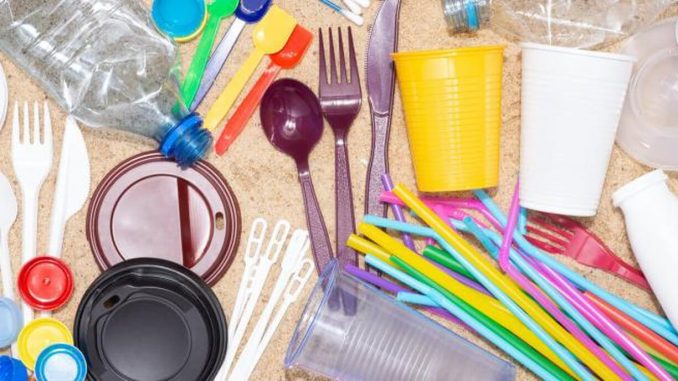
By: Owen Fullerton, Local Journalism Initiative Reporter
A Federal Court judge ruled on Thursday that the federal government’s blanket ban of single use plastics was unconstitutional, but the changes may already be underway.
The designation of all “plastic manufactured items” being toxic was determined to be too broad by Justice Angela Furlanetto, but many experts say the ban of most of these products would hold up against legal scrutiny.
Environment Minister Steven Guilbeault has already said the Canadian government is strongly considering an appeal, and with the ban on certain items already coming into effect as of nearly a year ago, certain changes may remain regardless of a court decision.
Dr. Myra Hird, a professor in Queen’s School of Environmental Studies, said the overturning of the ban isn’t surprising but it really may not make a difference in the effort to reduce single use plastics.
She says Canada’s Bill S-5 receiving Royal Assent in June means that this recent overturning won’t necessarily bring these plastic products back into circulation, and changes at a consumer level may be too far along in many cases.
The shift has already begun, but this decision shows that the industry will fight back.
“Canadians are growing increasingly alarmed by climate change and consumed about it,” Dr. Hird said.
“The plastic industry is going to continue to push back on anything that tries to limit their production of plastic so there is going to be an ongoing tension between the government and industry.”
In total, all the products listed under the federal ban only account for about 5% of plastics Canadians are using.
While reduction of plastic needs to go much farther than just single use items to make a meaningful difference, Dr. Hird says the ban is important as a first step.
“It’s not going to make a dramatic impact in terms of our plastics consumption or plastic production,” Dr. Hird said.
“The point is here that it’s a start, we have to start somewhere. And this is really the first legislation that we’re seeing that is really targeting plastics reduction.”
Different companies and startups are working on viable alternatives to plastics, and while the solutions aren’t yet perfect Canadians still have the means to reduce their usage.
Dr. Hird says looking at places like Europe or even North America in previous generations, the model for reduction is already there.
“We’re not starting from scratch here, we actually have a lot of examples that we just don’t tend to draw from,” Dr. Hird said.
“The thing that we have right now in our arsenal is reduction.”
Hird says while a lot of impactful change will need to come with government and industry level shifts, it’s important for people at an individual level to make efforts to reduce in order to demonstrate to lawmakers that reduction really is important to Canadians.
“What it does is it signals to our levels of government that we care about this, that we want change and that we are making changes in our individual lives,” Dr. Hird said.
“And we expect our government and we expect industry to do their part as well. It sends a very clear message to government and to industry that we want change and we expect change.”

